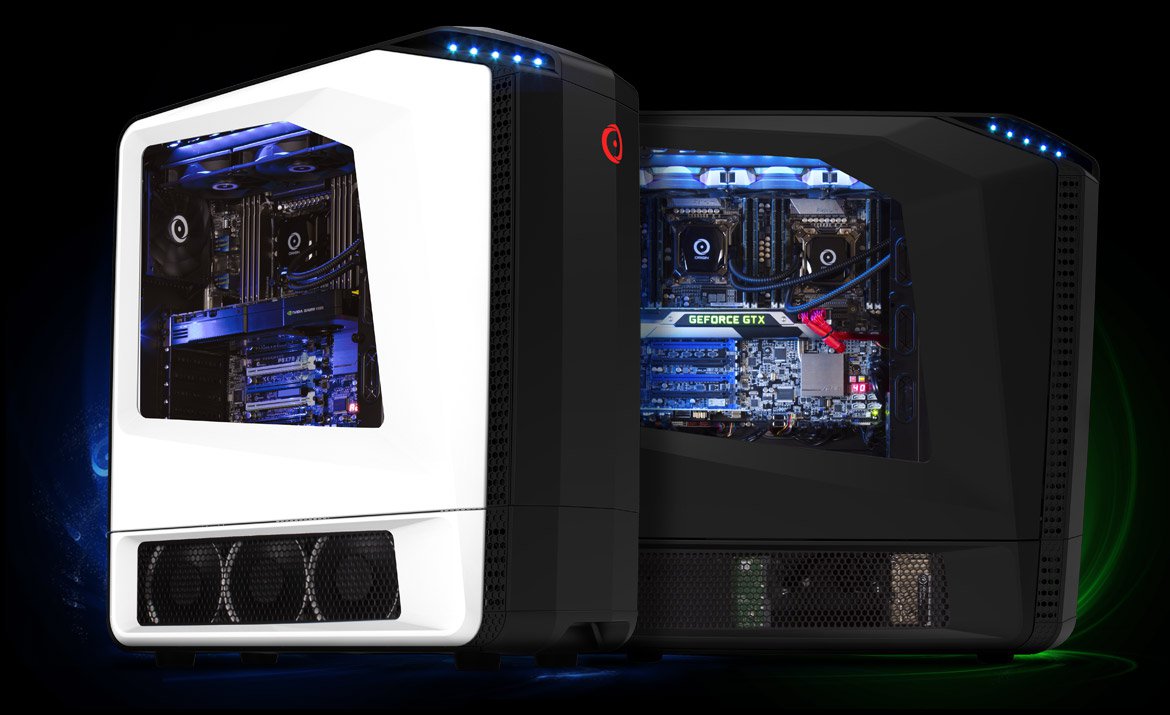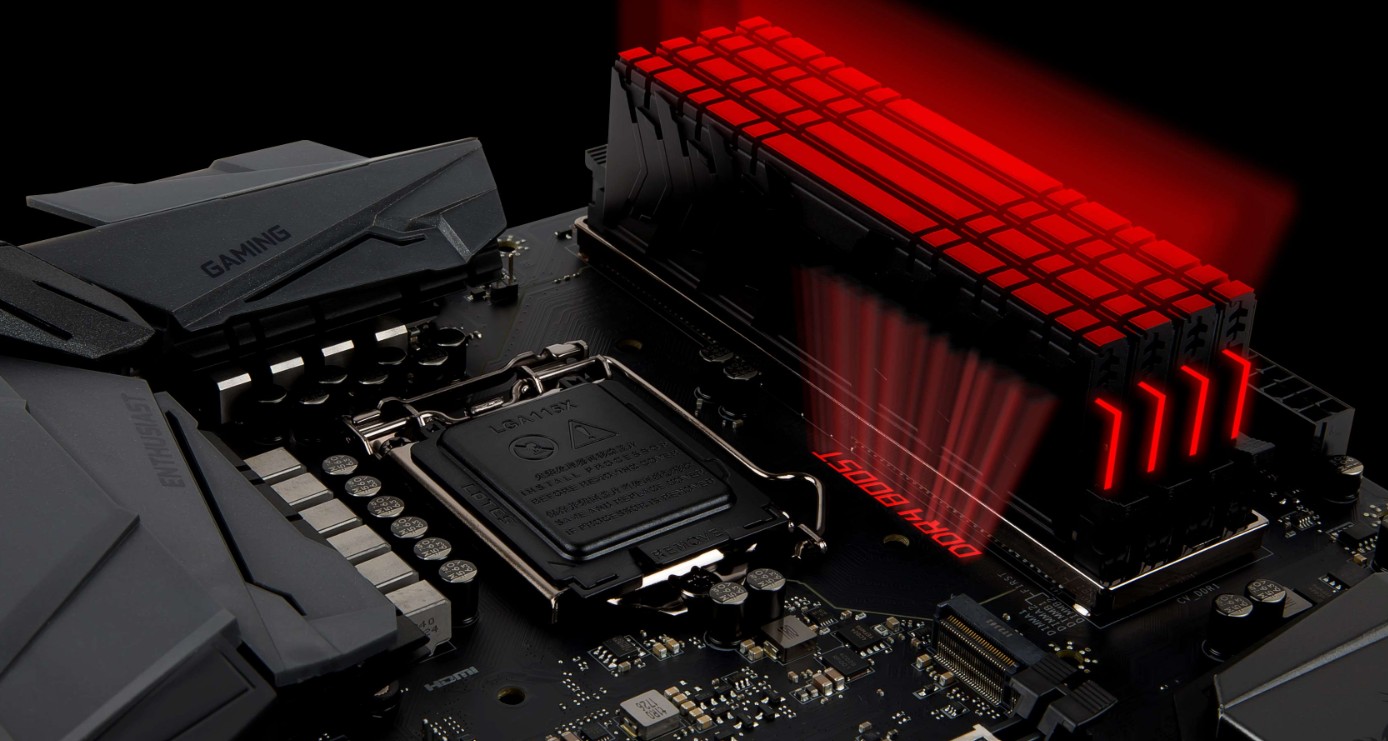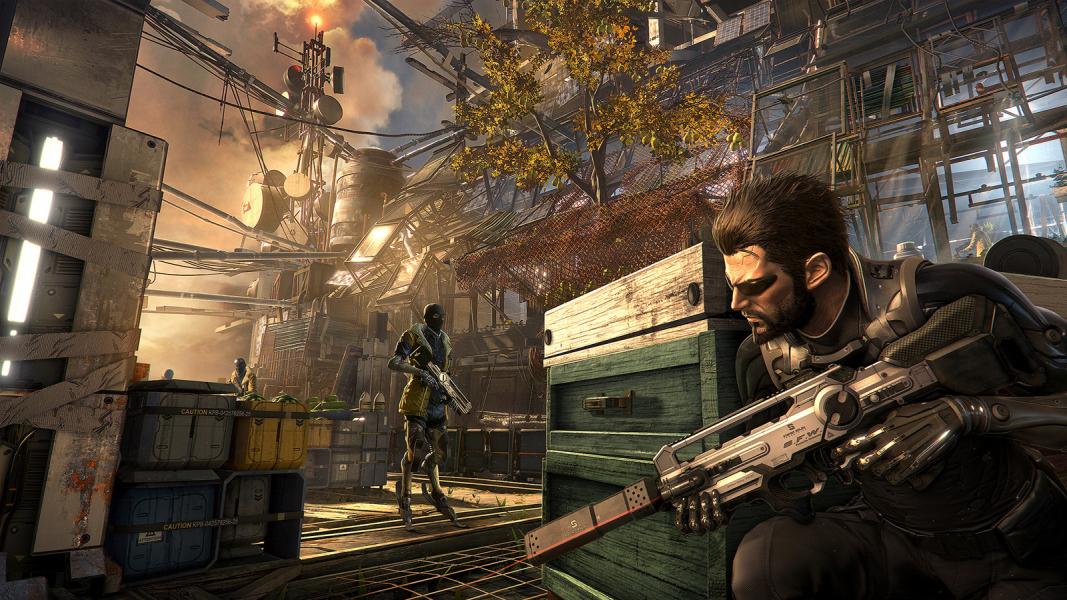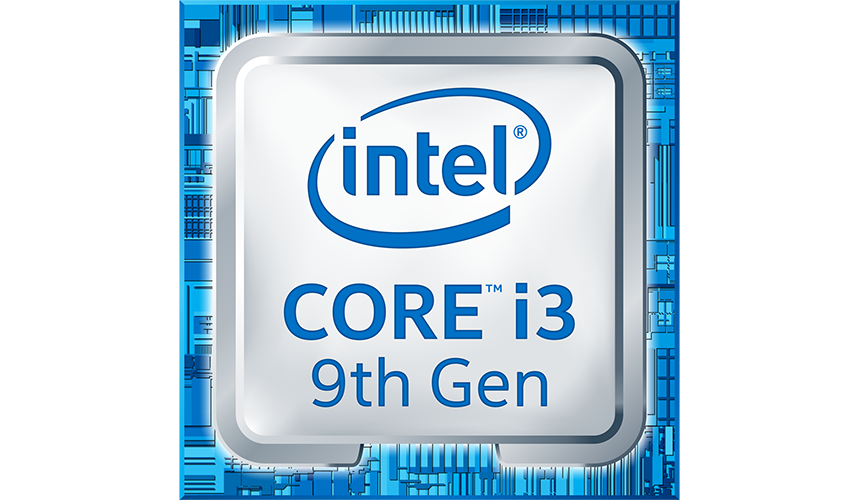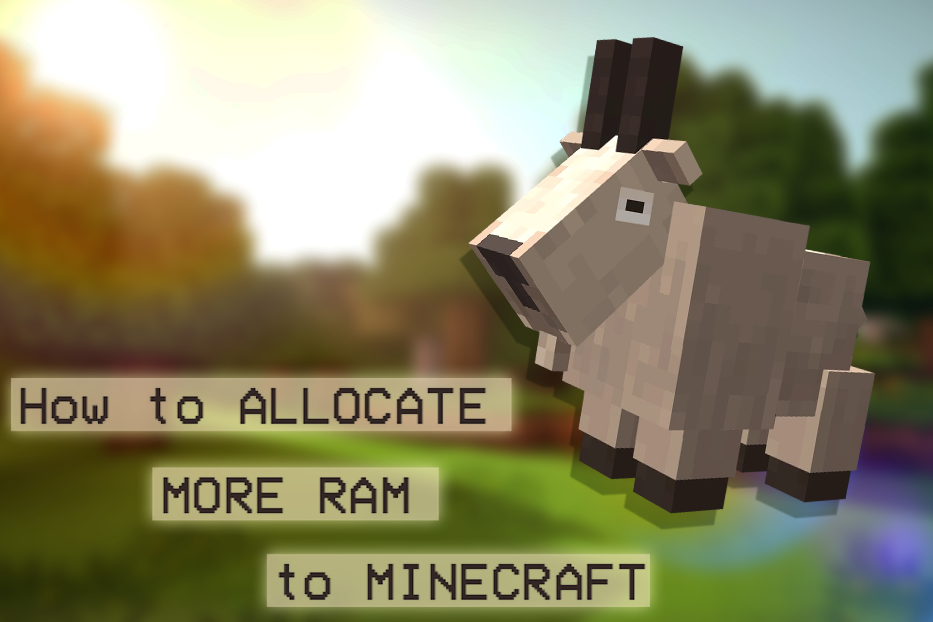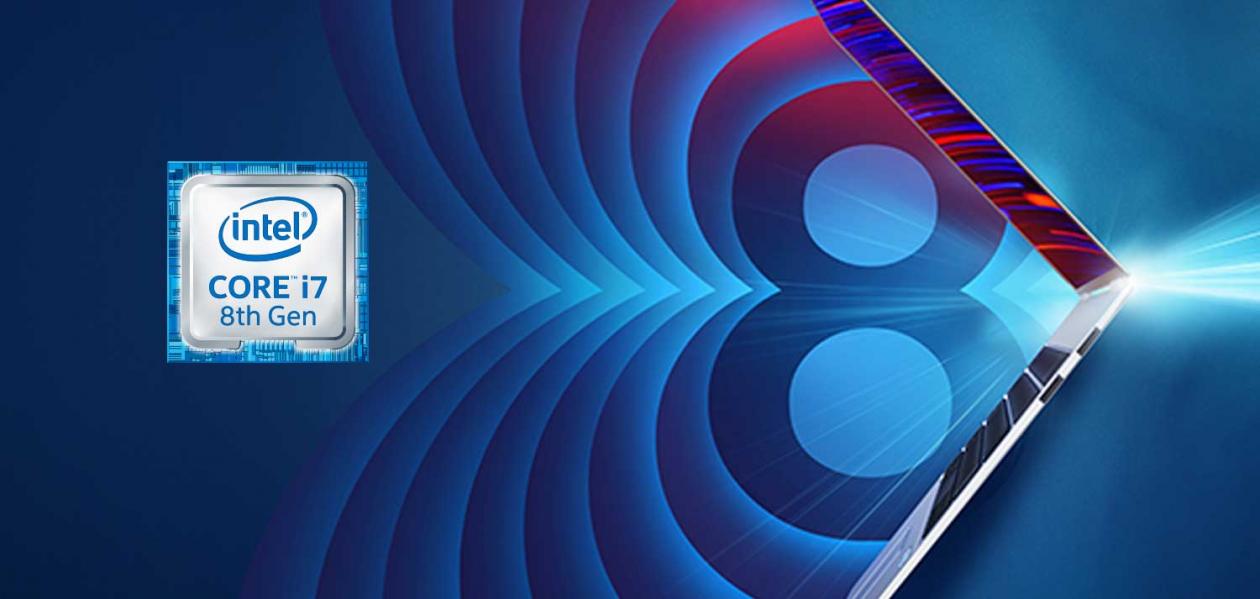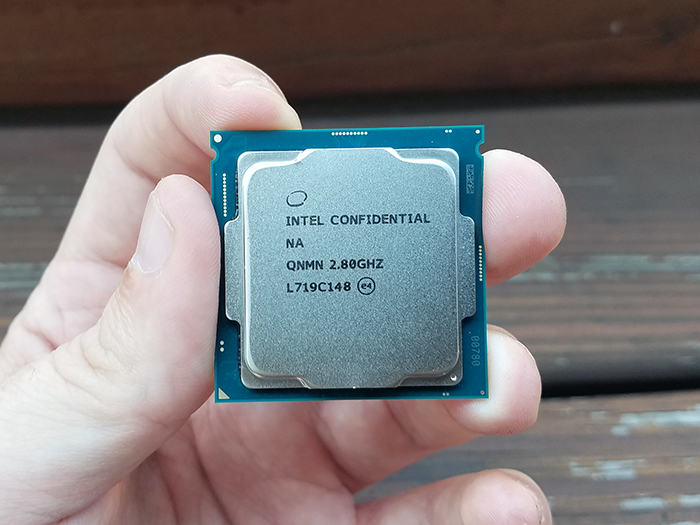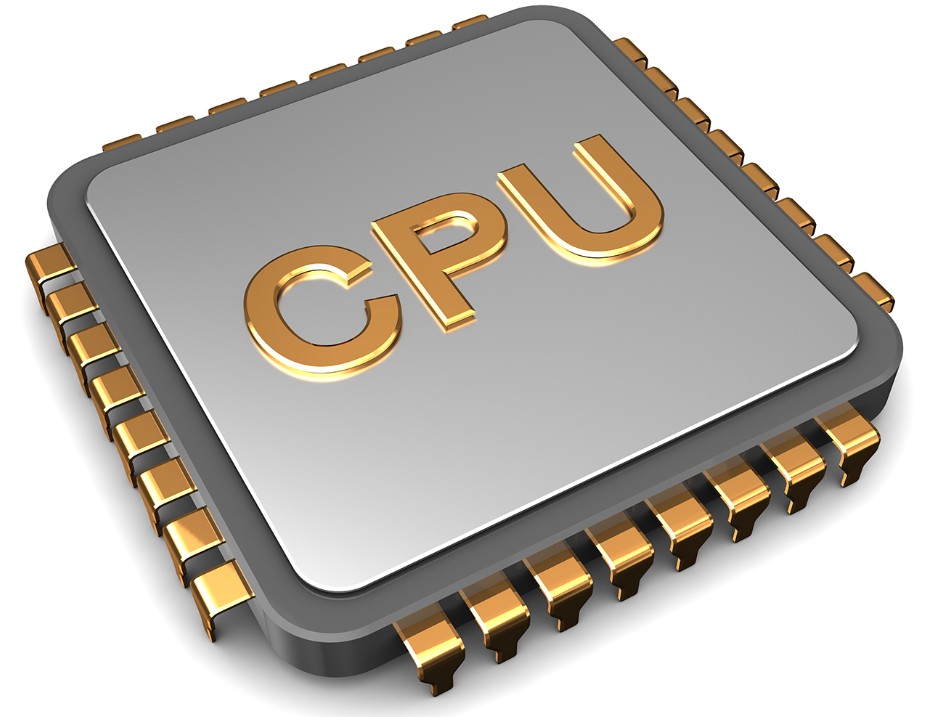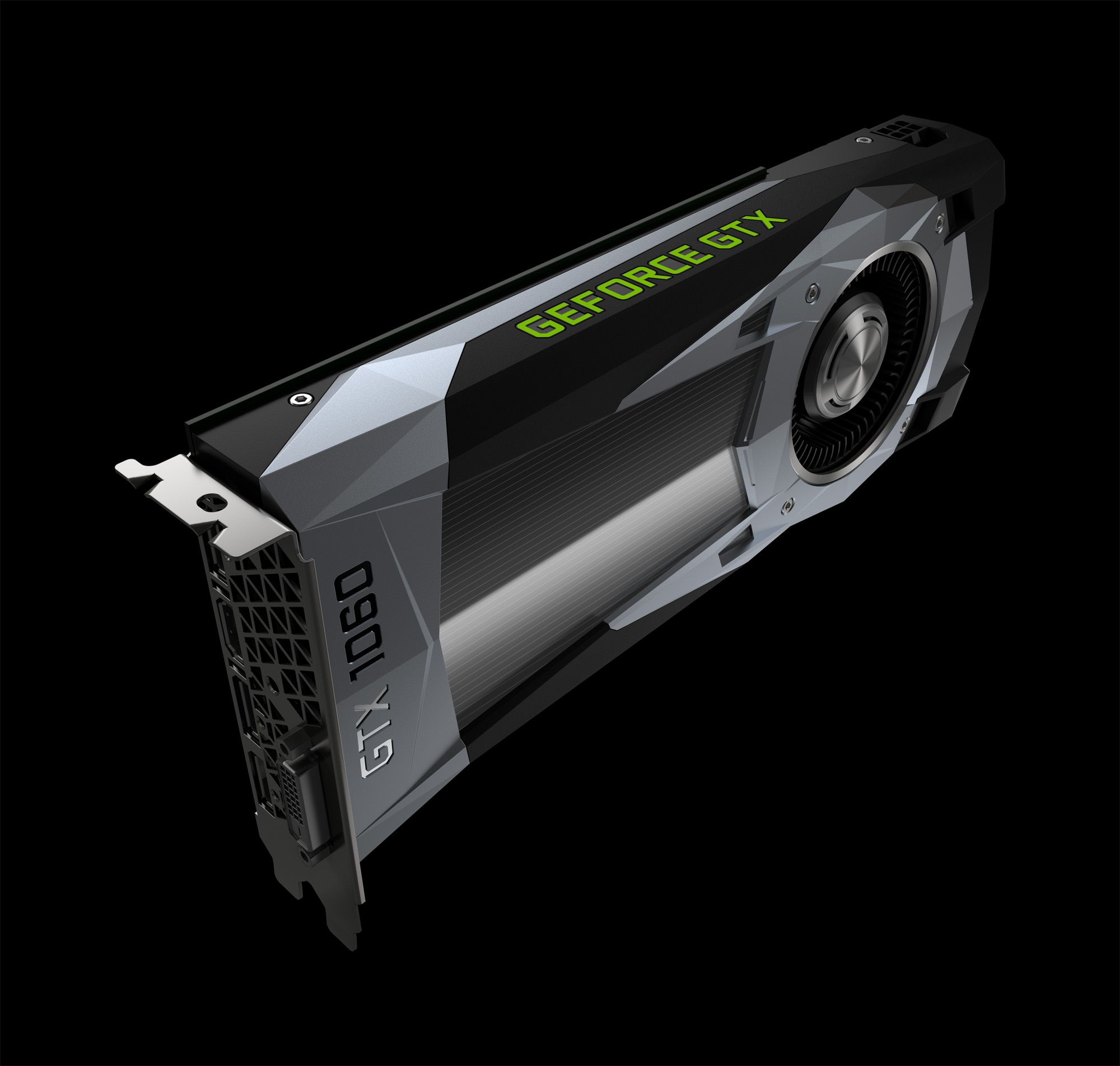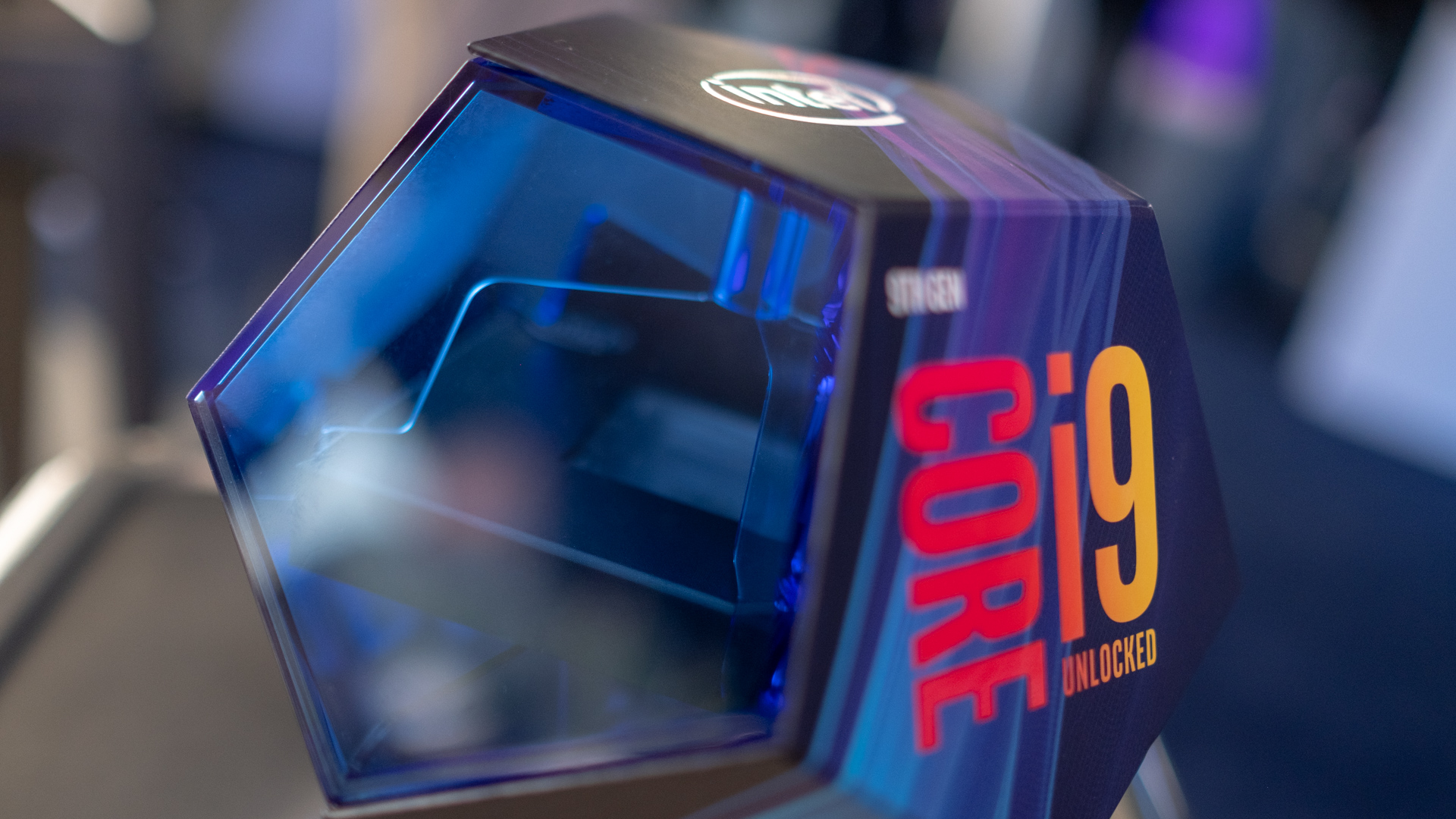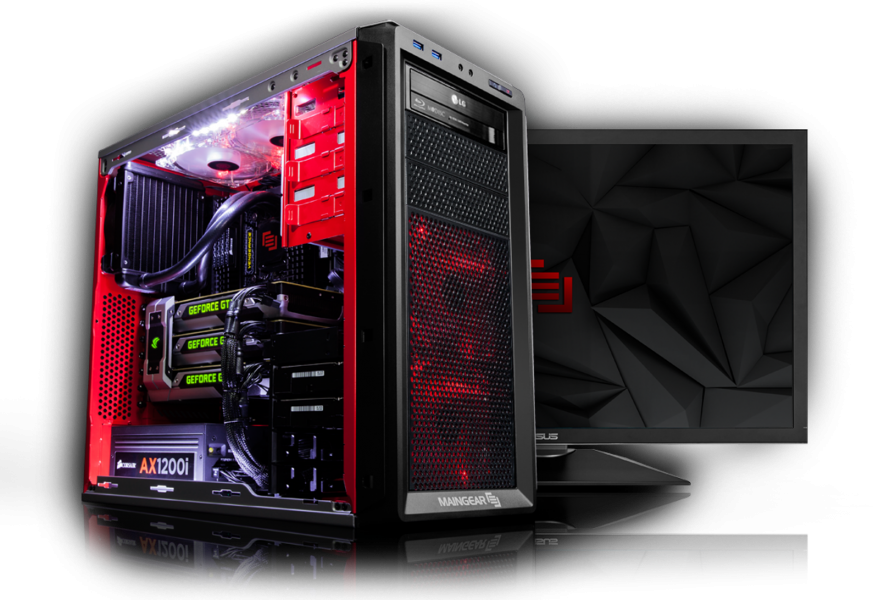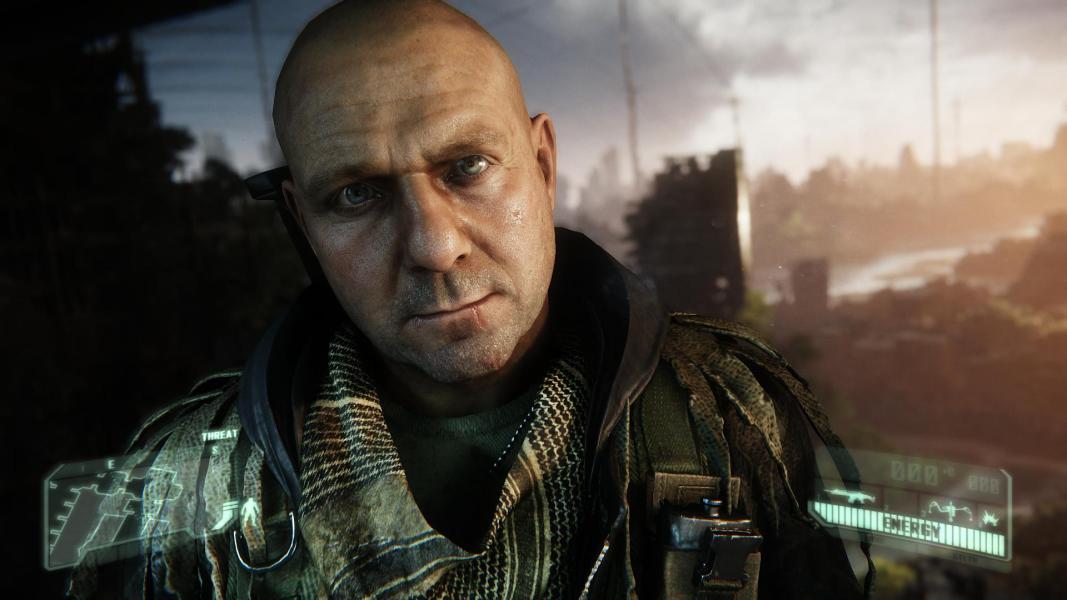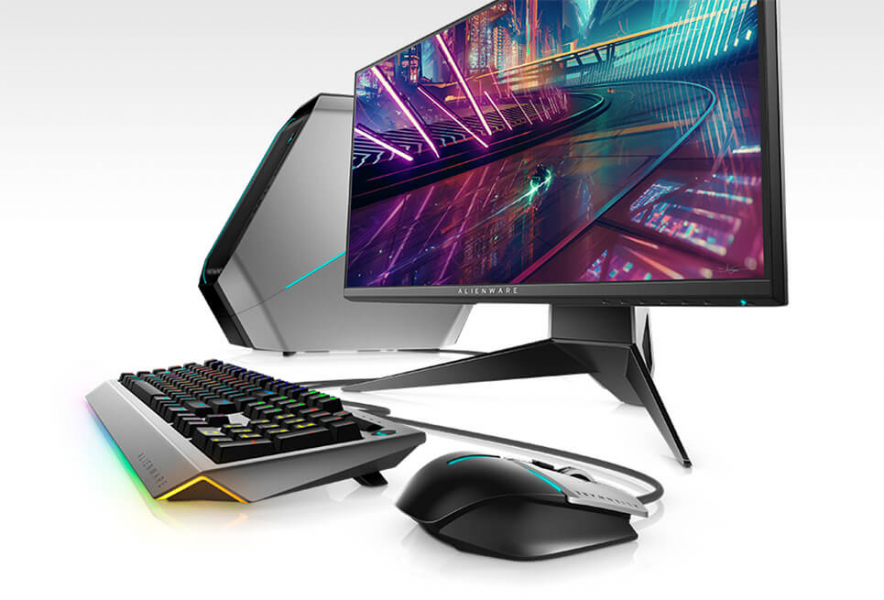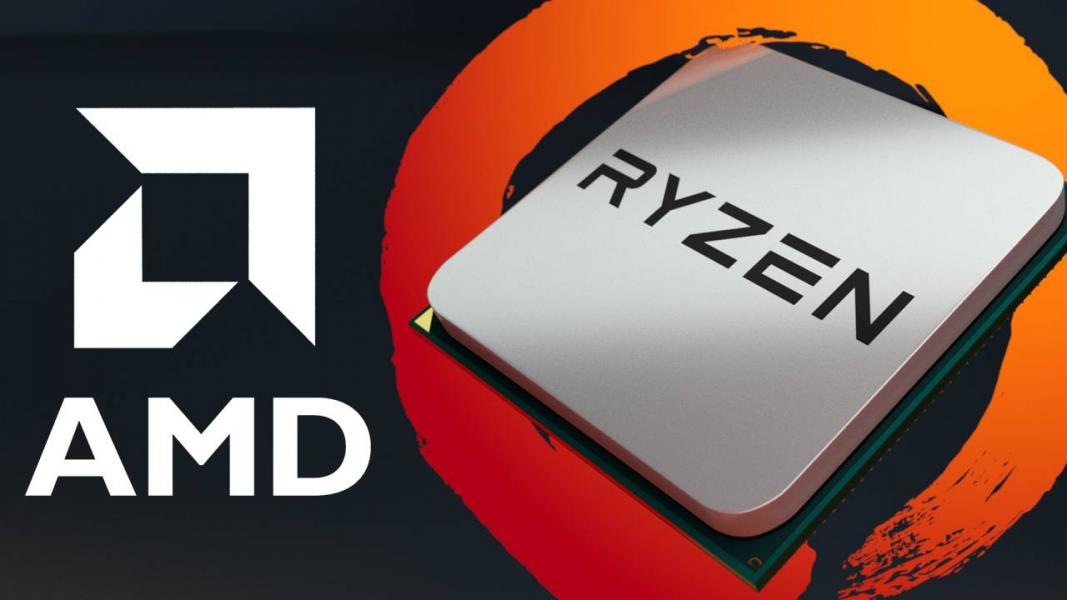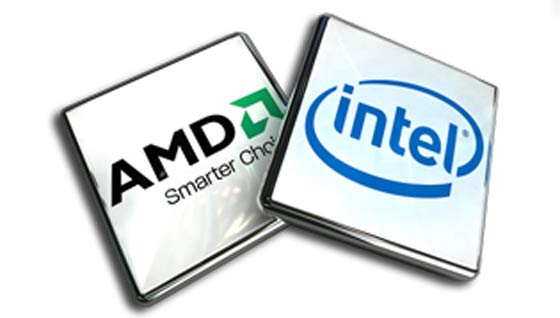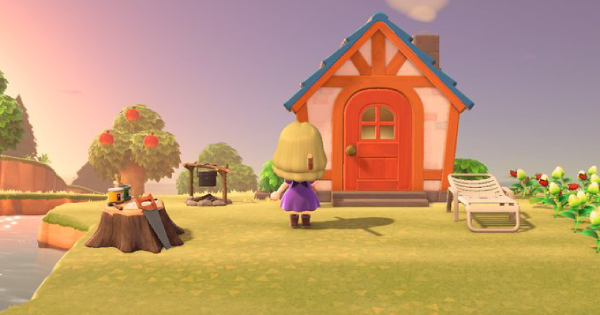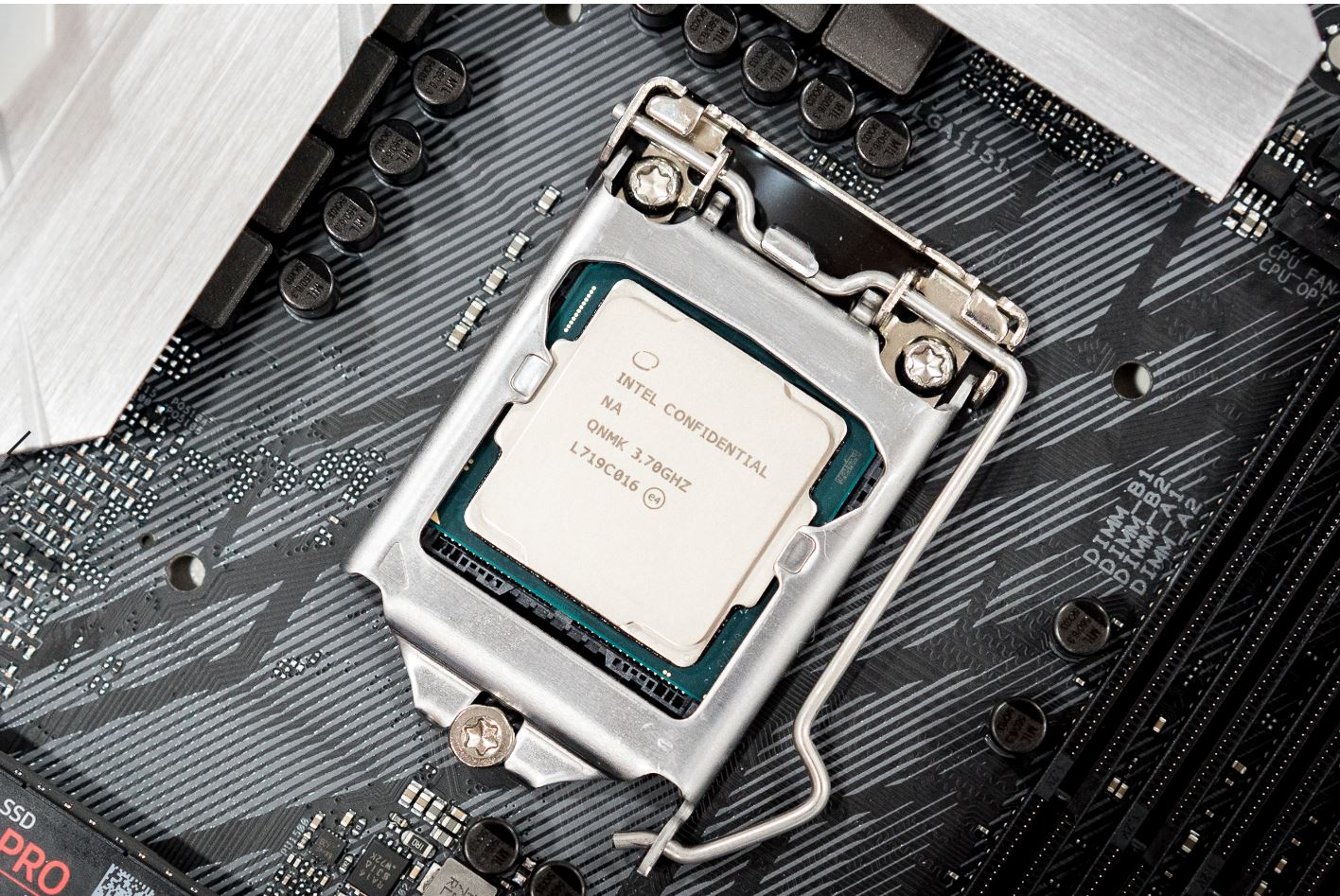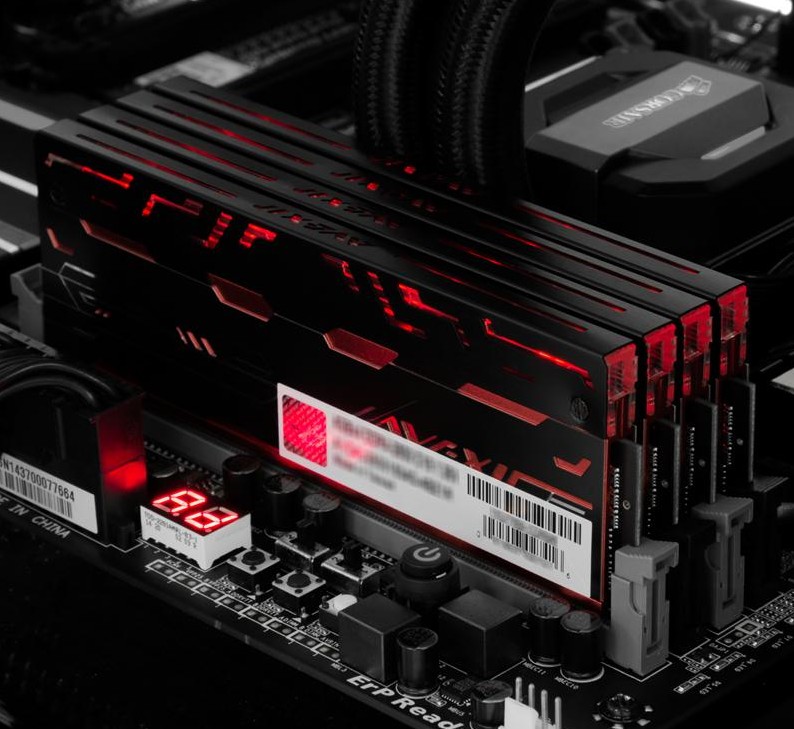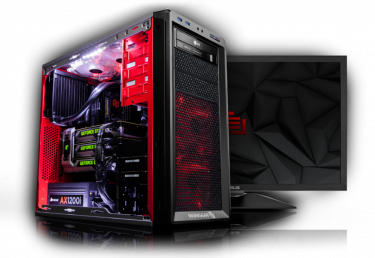
Want To Build Your Own Gaming Desktop? Make Sure You Get Familiar With These 10 Things First...
A PC is a gamer’s best friend (even a lover for some). Building your own rig makes your relationship with your PC more intimate and long-lasting. No gamer wants to be in love with something they don’t know or like.
For starters, here are some of the things you should consider in building a gaming PC:
10. The case of casing
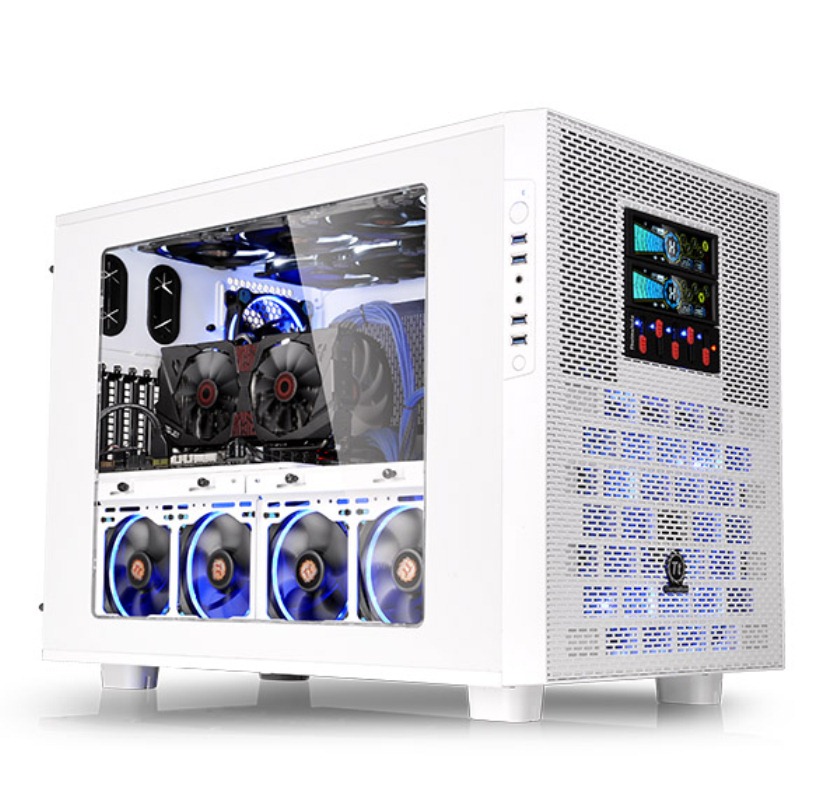
Neat, spacious, and stackable. The Thermaltake Core X9 Snow Edition.
First things to consider are the size of the case itself and the components that will be stuffed into it. Size mainly depends on the form factor of the motherboard. Common sizes are mini, mid, or full tower cases. A full towers case has 2-3 slots more for hard drives compared to mid towers and has more room for ginormous graphics cards.
I’d recommend going for the mid and full towers. A larger casing is better, but not a necessity, if planning for future upgrades.
The coolest thing about casing is it can actually be made out of anything. Case modding continues to gain popularity worldwide, with modders sporting different designs and out-of-this-world ideas for their rigs. There are replicas of the Millennium Falcon, a Hummer, a wooden desk, and Optimus Prime; heck there’s even a toilet case mod. Just a little touch of imagination is needed to build your own unique computer case.
9. Monitor
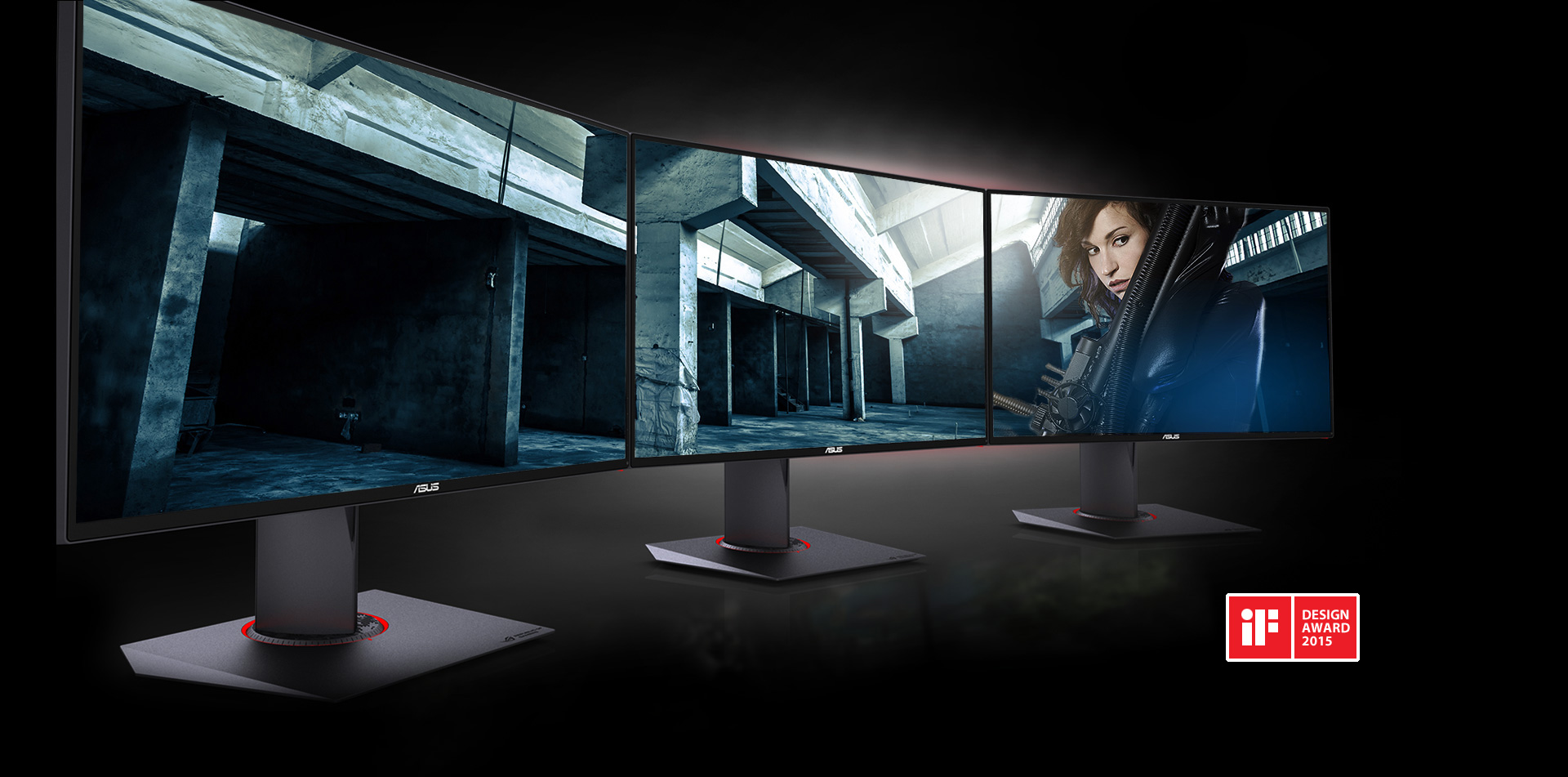
Now, you can train your peripheral vision while gaming. A visual treat from a 3-screen setup by ASUS.
It can be confusing to choose which monitor to pick for your PC with manufacturers like Samsung, AOC, and LG releasing new displays almost every quarter. To make things simpler, here are few things you might want to take note of in choosing a monitor:
- Response Time
The response time represents how fast a pixel changes from black to white. A longer response time will produce a ghosting effect. Go for displays with 5ms or lower response time to prevent ghosting.
- Refresh Rate
Refresh rate can be simply defined as the number of frames displayed per second. A monitor with 60Hz refresh rate is capable of displaying 60 frames per second. Higher refresh rates tend to produce more fluid motion. A 60Hz monitor is good, but you can go for one with a higher rate if you can afford it.
Input Outlets
It’s just a matter of versatility when talking about input outlets. Go fo LED monitors that come with DVI and VGA outlets. HDMI and DisplayPort outlets are good to have but not necessary as of the moment.
Size and Resolution
Look for a 21" display at the least for a good visual experience. Monitors now have at least 1080p Full HD resolution so no worries on that area. If you have money to spare, go for one with a bigger display size, because bigger really is better in this aspect.
Multi-screen setup is also an option for rich and diehard gamers looking to get eye-strain level 99. 4K monitors are still ludicrously priced, so might as well forgo it for now. There are also monitor TVs in the market for those who want to watch The Walking Dead while playing Minecraft.
8. Other components
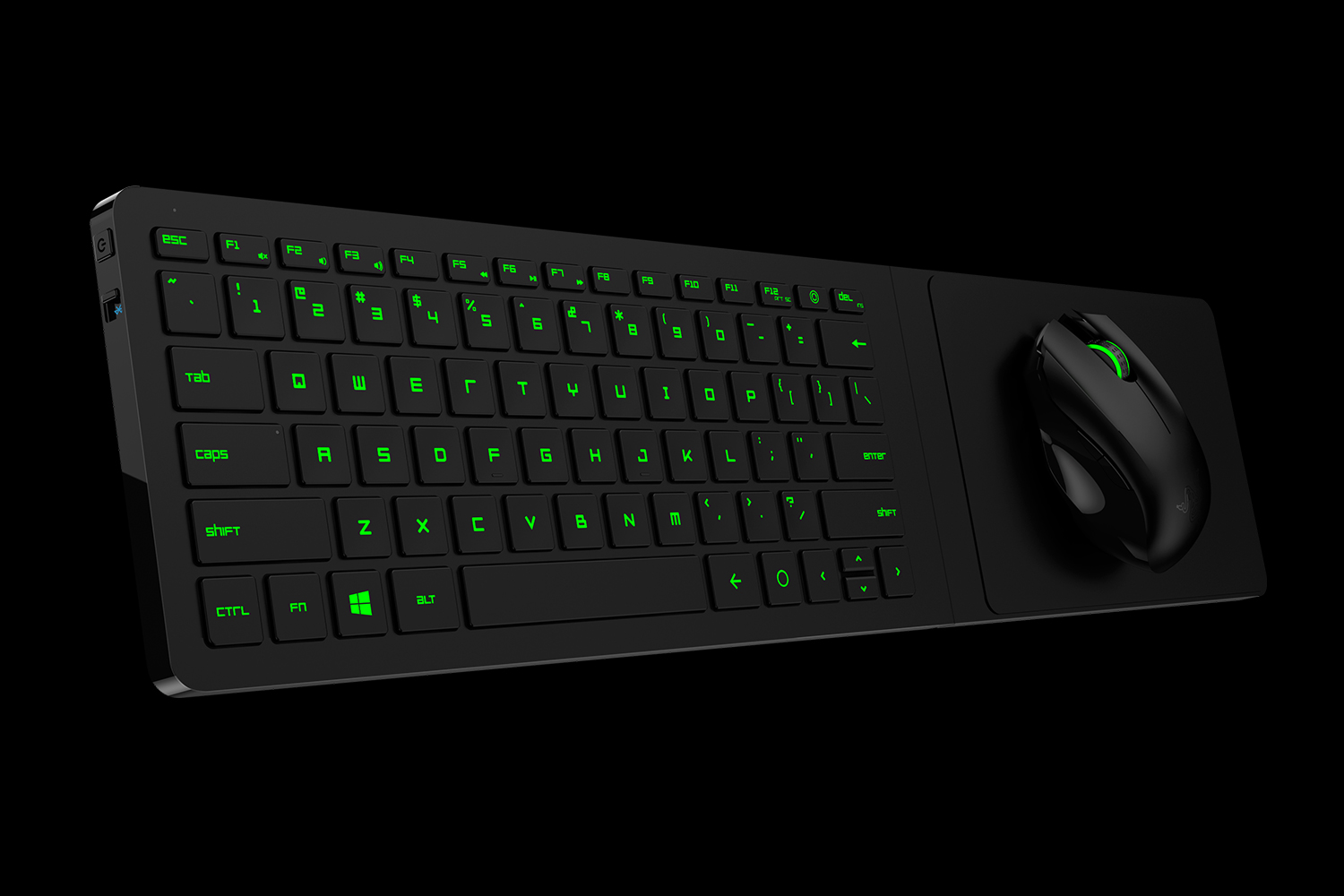
Just sit on the couch and game. The wireless Razer Turret can comfortably sit on your lap.
Keyboard & mouse:
The keyboard and mouse are the spoon and fork of a gamer; gaming is incomplete without one of either. Mechanical keyboards are the standard for gaming PCs. They’re quite pricey due to their heavy-duty buttons, but they last longer compared to their rubber-dome (membrane) counterparts.
A good gaming mouse can be the difference between fragging and getting pawned. Gaming mice have ergonomic designs for better grip and have additional programmable buttons. Manufacturers like Razer, Logitech, MOBA, Corsair, and SteelSeries offer bundled packages of mouse and keyboard available online, so try to get your hands on one.
Speakers or Headsets
It’s all about the bass. Amplify your gaming experience with booming sounds from your speaker. Go for a 2.1 speaker setup at the least or a gaming headset with surround sound support. The added bass sound gives me goose bumps when I hear hordes of zombies moaning and gets my heart jumping when I hear loud exploding sounds when playing action games.
Optical drives
They’re rarely used nowadays since almost anything can just be downloaded online. But for those who’d like to watch Blu-ray movies on their gaming PC, or install games from a hardcopy, it’s obviously a must.
Oh and don’t forget the floppy disk drive, okay? Yeah. Just give it some consideration.
7. Power Supply Unit (PSU)
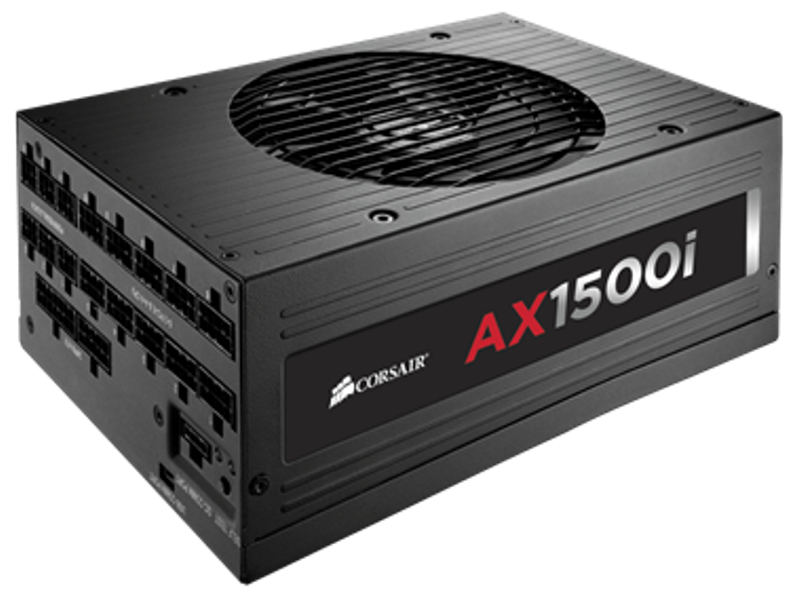
Its capacity can rival Thor’s hammer. The Corsair AX1500i delivers up to 1500 watts of power.
Don’t go cheap on this one. Better invest in a quality power supply unit than risk destroying the whole PC. Yes! There have been reports where PCs got toasted because of a faulty power supply. I had a similar experience where it killed my graphics card and toasted a hard drive.
Look for a PSU with the 80 Plus logo. They're classified as Basic, Bronze, Silver, Gold, Platinum, and Titanium, each describing the efficiency of the power supply under certain loads. Also, look for a PSU with PCI Express connectors for graphics cards. It should have at least two 6- or 8- pin connectors.
6. Motherboard
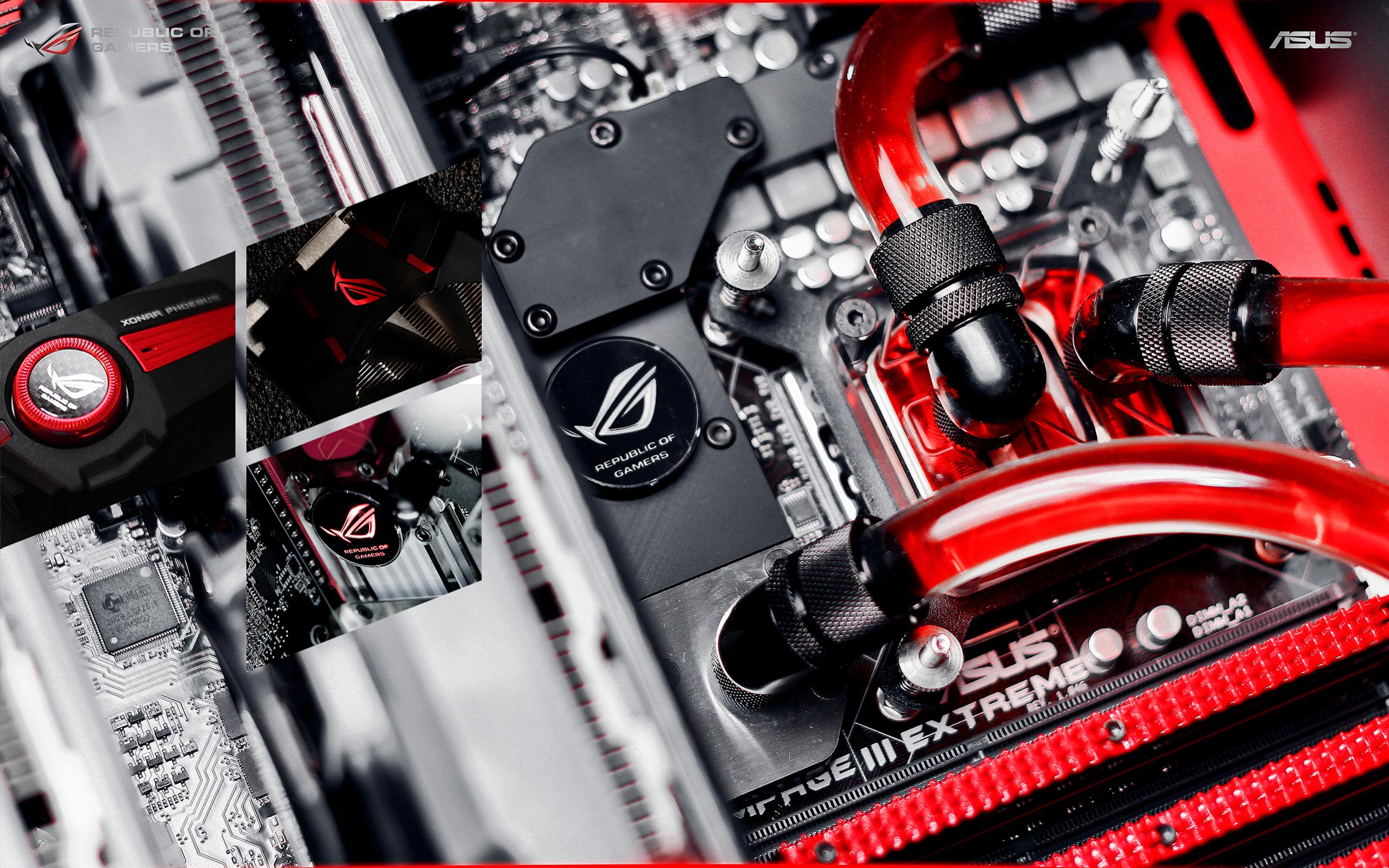
Even Golumn will throw away the One Ring for this precious. The Rampage III Extreme from ASUS
It’s called mother for a reason: it babies all the components of a PC together, holding them all in one place. It comes in different sizes called form factor. The larger the board, the more components it can handle which is especially useful for memory modules (RAM) and graphics cards.
When you’re buying a mobo, you’ll find lots of combinations of numbers and letters like Z97, 990X, and LOL123 in the box. They represent the chipset of the board which defines the features and hardware supported by the mobo. You really need to do research on this to make sure all other components are compatible with each other. The more expensive, higher-end boards tend to be sturdier and have better support for overclocking.
5. Storage
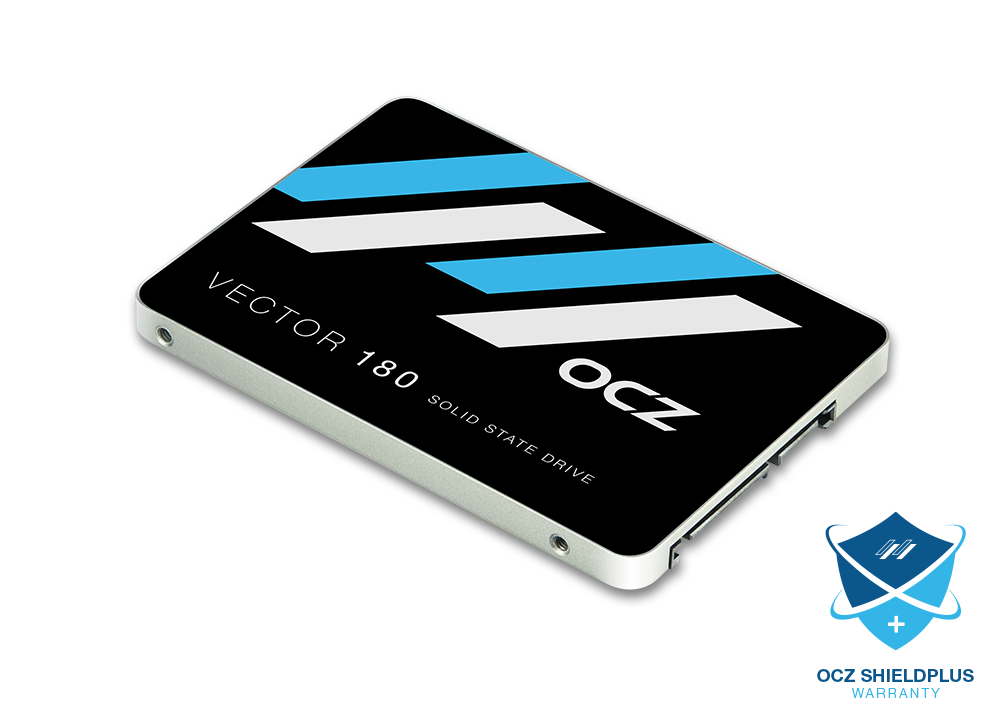
For its speed, you’ll have problems seeing game tips during loading times. The Vector 180 SSD from OCZ.
Games eat a lot of hard drive space for playing. The latest AAA games require at least 40GB upon installation. A 4TB hard disk drive should be safe and would take quite some time to fill up.
The birth of solid-state drives (SSD) is a game-changer in the world of gaming. They’re a lot faster than their hard-disk drives (HDD) brothers and are more reliable in storing data. They also cost more, with price around twice the price of their siblings. They also come in smaller capacities compared to HDDs.
It’s highly recommended to have at least one SSD in your gaming rig. Say, a 256GB SSD will do. Install the games in the SSD drive and use the good ol’ HDD as file archive .
4. RAM
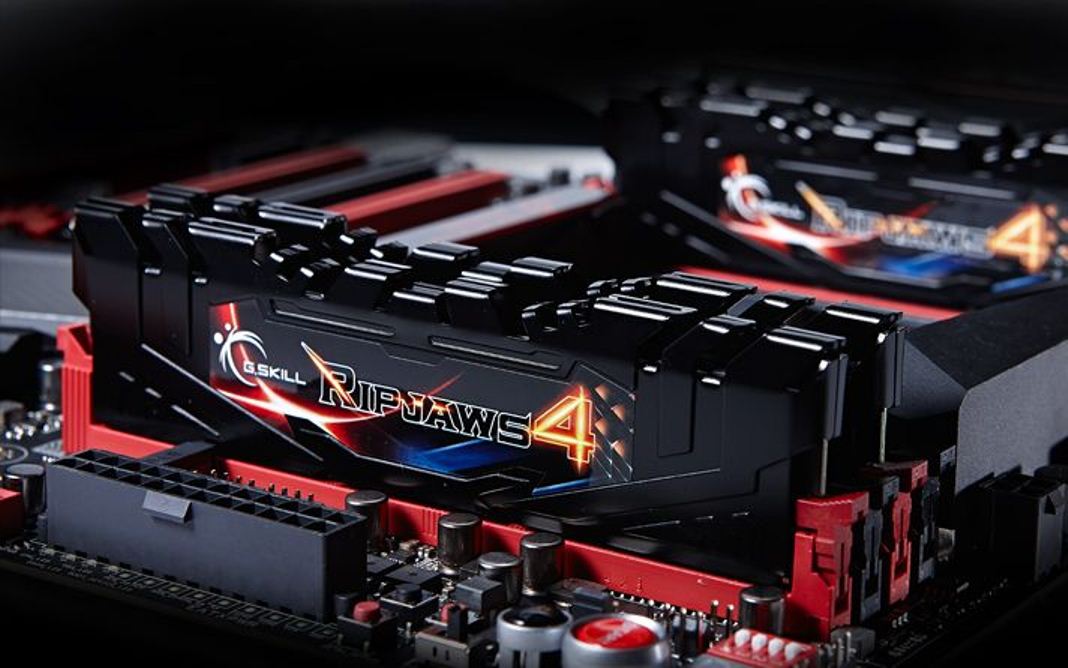
The G.Skill Ripjaws 4 series tears games apart with its speed and reliability.
RAM stands for Random Access Memory. It’s the workbench of the PC where it runs your games and other active applications. A 4GB memory is becoming a standard nowadays, so might as well get at least that much. They usually packaged in pairs when you buy them in stores.
A bigger capacity won’t hurt since it’s advisable to have extra memory space when running applications. This will prevent hiccups and slowdowns when running a handful of applications at the same time. Just remember that it’s not all about the size that matters on this component. Memory clock speed and CAS latency also define how fast the memory handles data throughput.
3. Processor (CPU)
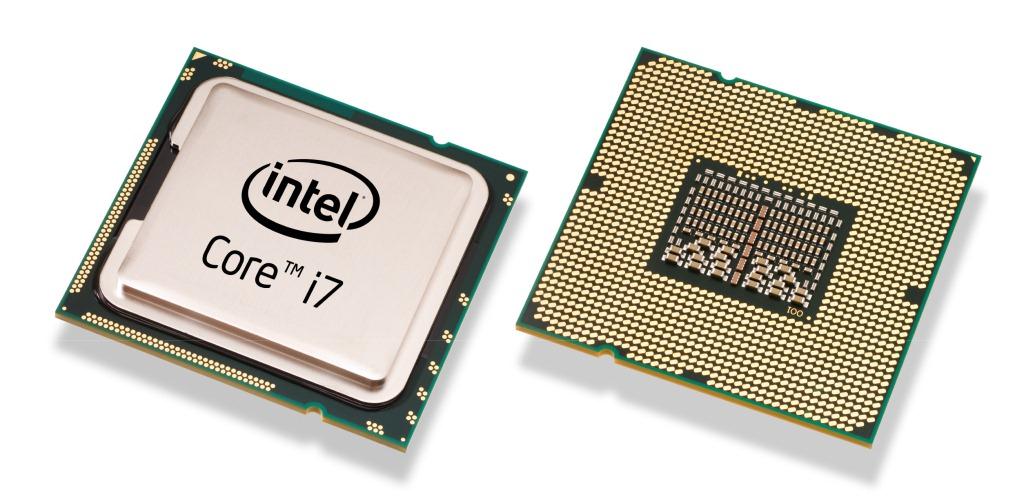
The Intel Core i7 is a mean piece of meat. It’s like having eight processors compacted into one.
It’s the brain of the PC where all computing happens. Multi-core processors with varying clock speeds have become the standard, swarming the market with tons of options for buyers.
Cores are the physical units that do the crunching within the CPU. When you say multi-core, it just means that more hands (cores) are able to work on a task (or threads) at the same time. You’ll usually see quad-core, hexa-core, and octa-core processors in the market, the prefixes describing the number of cores present. Intel and AMD are the biggest manufacturers out there, so just choose from their list of products in stores.
The speed of the processor is measured in GHz (gigahertz) and is indicated in the box. For example, an Intel Core i7 processor has a speed of 2.00GHz. It means it can do 2,000,000,000 calculations per second. It seems that higher means better right? Well not always, my friend.
It’s a common misconception to compare processors using only the speed as basis for efficiency. Take this for example: On one hand, you have one dishwasher (single -core processor) able to do 4 dishes in a minute. On the other, you have 4 dishwashers (quad-core), each able to do 3 dishes per minute. You give both sets 4 dishes each to do. The single-core will do the 4 dishes at full speed in a minute. The quad-core will distribute the 4 dishes evenly and finish them all in 20 seconds, using only a third of the strength of each one. The latter can be seen as more efficient in doing the required task.
2. Graphics card
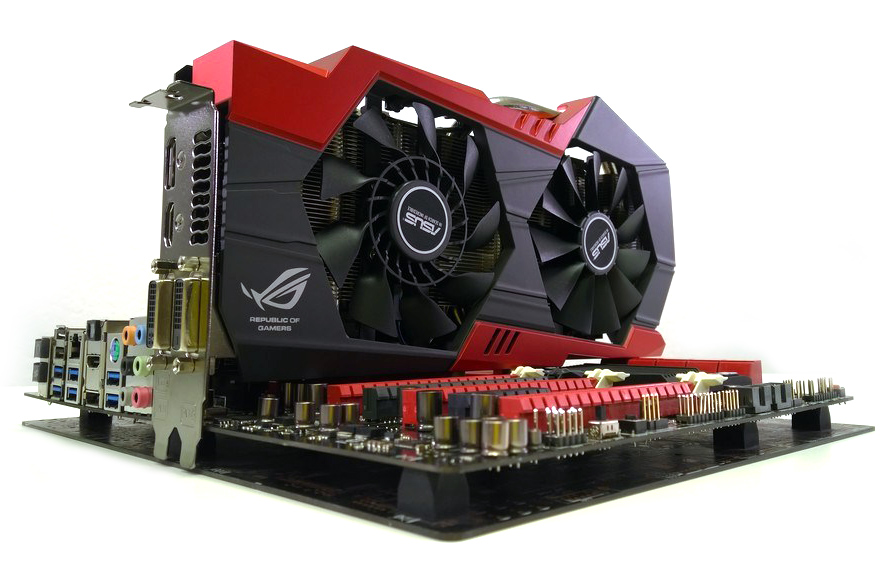
It surely will strike you if you leave your seat. The Striker GTX 760 4GB Platinum from ASUS.
Ah… the heart of a gaming PC. It’s probably the most expensive component you’ll need in building a gaming PC. You can go for low, mid, or high-end, depending on your budget. Each differs in their speeds, video memory (VRAM), and computing capacity.
I’d recommend getting a mid-range card with at least 2GB of VRAM. This should be enough to run almost any game with decent graphics settings turned on. But if you have extra cash, opt for a higher-end card as it will get more eye candies turned on and it has more power to run whatever future games will throw at it.
AMD or Nvidia? Don’t search for which is better because you’ll just end up reading fanboys’ posts flaming fans from each other's camp. It’s all really about personal preference; best to try both to know the difference.
You might encounter terms like SLI or Crossfire when looking for graphics cards. They’re the technologies used by Nvidia and AMD respectively in linking multiple graphics cards. Yes, you can buy 2 or more cards of the same model and hook them to each other for a multi-GPU setup. It can increase gameplay performance and it also supports multi-monitor setup.
1. Cooling and overclocking
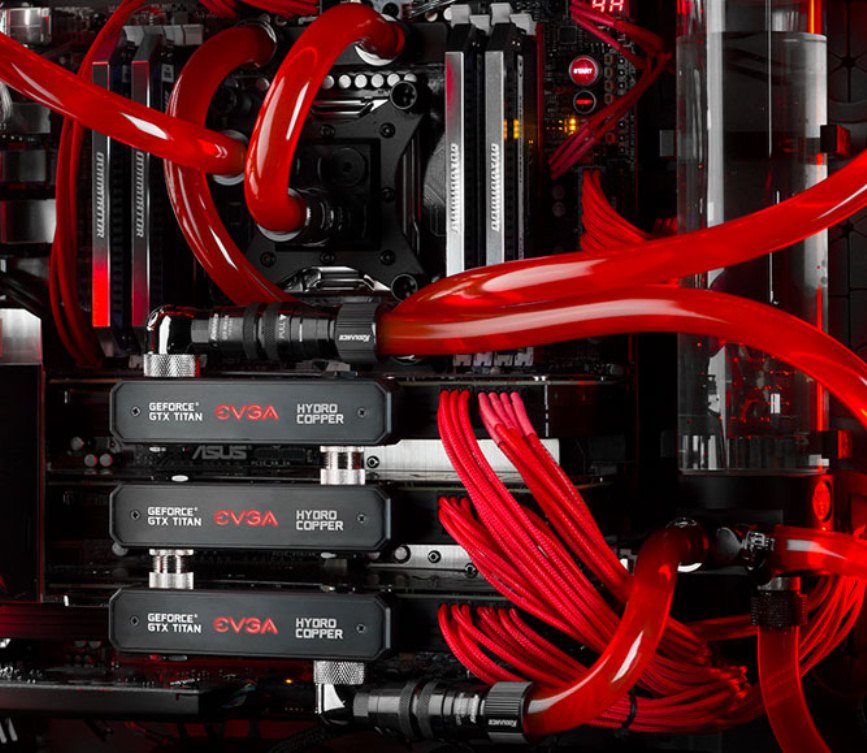
Red means war. The Hailstorm II, a liquid-cooled system from Digital Storm.
They’re not really parts but just important concepts you need to consider when you’re building a gaming PC.
Cooling is a very important factor to be considered. Too much heat on a component will decrease its performance and its lifespan. It’s necessary to keep things cool and comfy to get the most out of your PC. Cooling fans and good management of air circulation are enough to do the trick. Look for topics online on how to get optimal air flow in your casing.
For heavier gamers and those who plan to overclock their PCs, water-cooling is the way to go. It’s more efficient in moving heat away from the PC parts, but it’s also more expensive and requires additional legroom in the casing. There are still other options but they are absurdly expensive, so just settle for cooling fans or water-cooling kits.
Overclocking is basically pushing the component’s speed past its default settings. For example, a CPU has a stock speed of 2.40GHz. Manufacturers test and label a batch of products according to the average speed the whole batch will run without any problems. That means some of the units might be able to run at 3.0GHz, which is past the set limits, but were just marked 2.40GHz along with the others.
You’re lucky if you find your component easily overclockable. But be warned! Overclocking a component voids any warranty on it. For beginners, try overclocking when the component is past its warranty period.
Conclusion
Fully-armored for the most demanding tasks. A pair of GENESIS Pro workstations from Origin PC.
Now, down to the final question: How much do you need to build a gaming PC? A rough estimate would be at least $1000 USD. It’s enough to get a balanced build capable of handling games with mid to high settings turned on. You can, of course, shell out more money for better components for a more powerful PC.
Opt for better components that can still be used on the next upgrades. If the budget is tight, just go for the essentials; let go of aesthetics and some extra features you won’t regularly use.
There are many shops online that sell PC parts like Newegg, TigerDirect, Frys, Micro Center, NCIX, and Amazon and they ship almost anywhere. There are also custom PC builders like Digital Storm and Origin PC that let gamers customize their PC build without doing any dirty work. Just fill out the online form and pay, and they’ll do the work for you. You’ll just need to wait for them to deliver it right on your doorstep.
Buying the most expensive or high-end components does not necessarily make the best for building a gaming PC. Also remember that larger doesn’t necessarily mean better. It all comes down to a good mix of value and stability to get the optimum performance suited to one’s style and preference.
Have you ever tried building your own gaming PC? Tell us your build in the comments below.
Look at the related articles below to guide you in building one of your own:
10 Best Graphics Card for Gaming in 2015
10 Best High End Gaming PC Processors in 2015
5 Gaming Accessories Every Pro-Gamer Should Have
Gaming PC: Top 13 Best Gaming PC Brands In The World
10 Best PC Gaming Chairs in 2015
